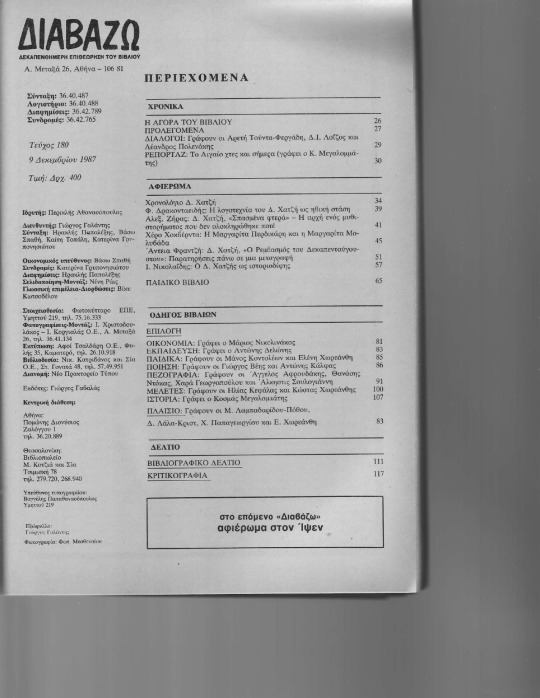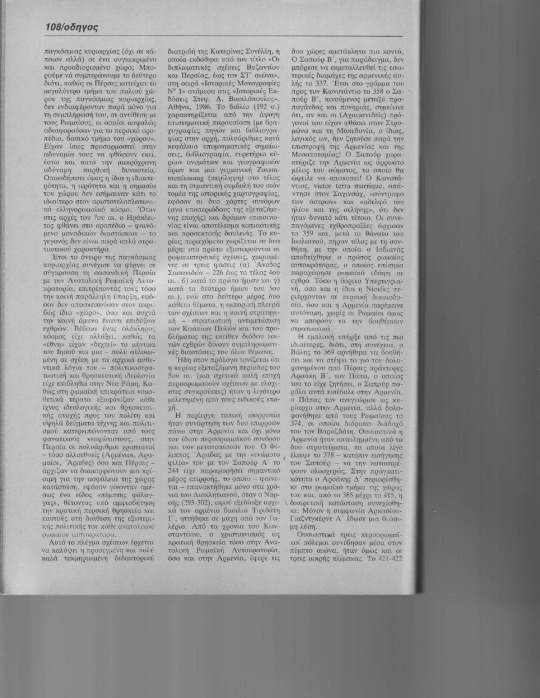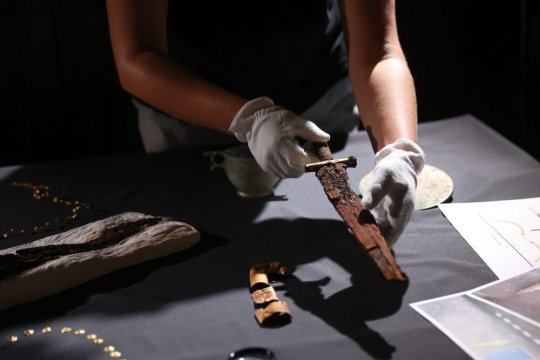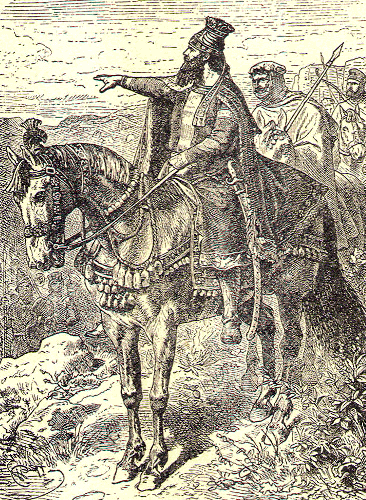#Sassanian
Text

Textile Fragment (Linen, plain weave, embroidered with wool and cotton), Iran, 6th-7th Century AD
4 notes
·
View notes
Photo

Gilded silver plate depicting the king hunting
Iran, Sassanian dynasty, probably reign of Chosroes II (591-632 CE)
Found in Russia
Bibliothèque nationale de France, Inv.56.364
4 notes
·
View notes
Text
The workers working on a routine road construction project near Shahr-e Belqeys (City of Belqeys) in northeast Iran made an unexpected discovery.
Shahr-e Belqeys is a castle located in Esfarayen County in North Khorasan Province, Iran. The fortress dates back to the Sasanian Empire. It is the second largest adobe fort in Iran after the UNESCO-registered Bam Fortress. Belqeys archaeological site has an area of over 51,000 square.
“The total length of those corridors is 18 km, and there is a bathroom and a mill on the way."
Construction of this man-made subterranean city, called Ouee (or Ouyi), dates back to the Sasanian (or Neo-Persian) Empire that ruled from 224 to 651. Inhabitants would dig underground chambers as hideout spots for women, children, and the elderly in the event of an attack by foreign invaders.
12 notes
·
View notes
Text
Cosmas Megalommatis, World Politics in the 5th century: the Perso-Roman relations
Κοσμάς Μεγαλομμάτης, World Politics τον 5ο αιώνα: οι περσορωμαϊκές σχέσεις – περιοδικό Διαβάζω, 180, 9 Δεκεμβρίου 1987, σελ. 107-110
Cosmas Megalommatis, World Politics in the 5th century: the Perso-Roman relations – Diavazo magazine, 180, December 9, 1987, pp. 107-110
Кузьма Мегаломматис, Мировая политика в V веке: персидско-римские отношения – журнал Диавазо, 180, 9 декабря 1987 г., стр. 107-110.





======================
Скачать PDF-файл: / PDF-Datei herunterladen: / Télécharger le fichier PDF : / PDF dosyasını indirin: / :PDF قم بتنزيل ملف / Download PDF file: / : یک فایل دانلود کنید / Κατεβάστε το PDF:
#Iran#Persia#Perso-Roman#Perso-Byzantine#Sassanian#Sassanid#Byzantine#Shapur III#Mithraism#Zoroastrianism#Ιράν#Περσία#Περσο-ρωμαϊκές σχεσεις#περσο-ρωμαϊκοί πόλεμοι#βυζαντινή αυτοκρατορία#σασανιδικό Ιράν#Σασσανίδες#Σασανίδες
0 notes
Text


Gold coin issued during the reign of Peroz II, Sassanian Empire, circa 325-330 AD
from The LA County Museum of Art
381 notes
·
View notes
Text




Boran dokht [590 - 632 A.D]
Boran dokht was the first empress of the sassanid (persia) empire. She was the daughter of king khosrow II and byzantine princess Maria.
Although her two tenures of rule were shortlived, she did try to bring stability to persia by the implementation of just laws, reconstruction of the infrastructure, and by lowering taxes and minting coins. Diplomatically, she desired good relations with her western neighbours (the byzantinnes) , whom she had an embassy sent to, which was well received by emperor heraclius
A/n: idk why but it kinda reminds me of sibylla's ceremonial crown >_<...
Art by me
Coin source: sekeha . Com
#sassanid empire#digital artist#artwork#artists on tumblr#ancient#ancient history#ancient persia#boran dokht#kingdom of heaven#fandom#fanart#history#empress#baldwin iv#sibylla of jerusalem#art#sassanian empire#women in history
55 notes
·
View notes
Text

Look at this beautiful ossuary.
#history#ancient history#zoroastrianism#ancient iran#ancient persia#sasanian empire#sassanian empire#zoroastrian priests#sogdian#fire temple
30 notes
·
View notes
Photo

Nik is definitely my favorite character. He is the answer to the question what if the alien was an autistic, recovering alcoholic with suicidal tendencies.
69 notes
·
View notes
Photo

Me? Stealing a lore character from mhy for my own purposes? Of course 💕. This time its the Goddess of Flowers herself
#genshin impact#genshin#goddess of flowers#LOOK I'M JUST INVESTED IN THE SUMERU LORE SO BADLY#claws at the walls. 2023 pls bring me the GoF lore#since Nilou's outfit is supposedly based off the GoF's (sigh) I went and actually referenced persian dancers' outfits for this#her headdress is the circlet from the Flower of Paradise Lost set but with the horns attached to them#I think 500+ years of history being passed down in lore means that Nilou's headdress may not have looked like the original headdress so#-I changed the horns to resemble the reference image I found for sassanian clothing#the patterns on her skirt are based on the sumeru rose and the padisarah#I drew all those patterns by hand cause I can't make brushes medibang proper phew
12 notes
·
View notes
Text
Ancient Iranian sword unearthed in Russia
Archaeological news of great significance:An ornate Iranian sword has recently been recovered during an excavation survey in the Black Sea Region,in the present-day Krasnodar Krai of Russia. Tehrantimes.com give us the whole image in details.https://www.tehrantimes.com/news/477732/Ancient-Iranian-sword-unearthed-in-Russia

Dating back to the 4th to the 6th century CE, the sword, along with several relics, have been unearthed from a warrior burial, who was an inhabitant of the Taman Peninsula, Heritage Daily reported on Saturday.
The sword suggests a political and cultural connection with the Sassanian or Neo-Persian Empire from modern Iran and Iraq, likely given as a diplomatic gift or taken as a military trophy, the report added.
Also, the archaeological project yielded pieces of a harness, buckles, and belt tips, as well as high-status items such as glass jugs, wooden and metal utensils, and wooden boxes with decayed cloths.
There is no doubt that the cited warrior was a representative of the elite of Phanagoria and was a bearer of the military aristocratic culture of the Bosporan Kingdom in the Migration Period, said one of the members of the project.
The ancient city of Phanagoria was a Greek colony, first founded in the Taman peninsula by Teian colonists in the 6th century BC after a conflict with the Persian king Cyrus the Great. The city grew into a major trading center that, along with the associated necropolis, covers an area of over 2223 acres.
Image below:King Cyrus the Great. Source:https://heritage-history.com/index.php?c=resources&s=char-dir&f=cyrus1

In many ways, Iran under Sassanian rule witnessed tremendous achievements of Persian civilization. Experts say that the art and architecture of the nation experienced a general renaissance during Sassanid rule.
In that era, crafts such as metalwork and gem engraving grew highly sophisticated, as scholarship was encouraged by the state; many works from both the East and West were translated into Pahlavi, the official language of the Sassanians.
The legendary wealth of the Sassanian court is fully confirmed by the existence of more than one hundred examples of bowls or plates of precious metal known at present. One of the finest examples is the silver plate with partial gilding in the Metropolitan Museum of Art in New York. The dynasty was destroyed by Arab invaders during a span from 637 to 651.
#ancient Persia#ancient Iranian sword#Krasnodar Krai#Phanagoria#king Cyrus the Great#Sassanian empire#Persian civilization#Russia#ancient Greece#Black Sea#ancient Greek colonies#culture#cultural exchanges#diplomatic gifts#ancient military trophy#heritage-history#arab conquest#Cyrus the Great
10 notes
·
View notes
Text

#antioch#khosrows better antioch#persians#sassanians#sassanian empire#ancient rome#roman empire#eastern roman empire#byzantium#byzantine empire is the false name its just roman
1 note
·
View note
Text
Next is Empress Boran, one of the few people who actually was a reigning empress in the long annals of Iranian history:
Next up is the Sassanian Empress Boran, whose life overlaps with the great and ruinous war between the Iranian and Byzantine Empires that would do so much to make the rise of Islam possible. She played a part in the intrigues that surrounded the immediate aftermath of the war and the overthrow of Khusrau II, and is one of the figures given credit for the return of the relic of the True Cross to Byzantium after Heraclius won the one war, only to find himself playing a starring role in the loss of another.
https://www.iranicaonline.org/articles/boran-pers
#lightdancer comments on history#women's history month#medieval history#iranian history#sassanian empire#boran
0 notes
Text

#statue#camel#elephant#carving#Sassanian empire#Dunhuang#Kelsey Museum of Archaeology#Ann Arbor#Michigan
1 note
·
View note
Text
one thing that gets me weirdly emotional about early medieval art is the fact that motifs get repeated so often, which means that, at the same point in time, people on other sides of the globe were creating the same images. like, look at this bowl created in tibet (now in Japan) and a silver sceatta penny from England which both have the same motif of a centaur holding plants, both from the 8th-9th centuary.


like idk man. something something humans have always been in contact and in dialogue with each other even if they will never meet and will never even know of where the other lives.
#my posts#iirc the motif is originally Iranian and gets transmitted both east and west#possibly its Byzantine but I'm pretty sure most motifs like this are originally Sassanian but I'm not looking it up at the moment#also before someone takes the piss of the sceatta looking very crude in comparison its only about the size of your littlest finger nail#also yes those are big naturals my girl is packing#but yeah#i just find it wild that these images are so geographically widespread and people are in contact with each other unconsciously#humans are always inspired by other humans :)
0 notes
Text


Bronze bust of King Sapur II, Sassanian Empire (Iran), 4th century AD
from Phoenix Ancient Art
1K notes
·
View notes
Photo

Ancient Persian culture exerted a powerful influence throughout the Near East, and beyond, for over a thousand years between c. 550 BCE - 651 CE and many aspects of their culture continued to influence others afterwards and up through the present day. The first Persian polity was the Achaemenid Empire (c. 550-330 BCE) which fell to Alexander the Great and, after his death, the region was held by the Hellenic Seleucid Empire (312-63 BCE) founded by one of Alexander's generals Seleucus I Nicator (r. 305-281 BCE). Persian culture continued under the Seleucids, however, and again became dominant with the rise of the Parthian Empire (247 BCE-224 CE) and continued, at its greatest height, throughout the Sassanian Empire (224-651 CE) until the Persians were conquered by the invading Muslim Arabs. From the earliest days of the Achaemenid Empire till the last of the Sassanians, the Persians introduced a number of novel concepts in innovations and inventions which are often taken for granted today or whose origins are largely unknown. Literary motifs, the custom of daily teatime, care for dogs, refrigeration and air conditioning, and many other established aspects of daily modern life originated or were developed by the ancient Persians. The Persians held to an oral tradition of transmitting information, however, and so much of their history, until the Sassanian period, comes from others. A large part of whatever written records of the Achaemenids did exist was destroyed by Alexander when he burned the capital city of Persepolis in 330 BCE and the Parthians retained the oral tradition of their precursors and so much of Persian history was preserved by the Greeks and, later, the Romans. These writers did not always represent Persian culture accurately but provide enough information, coupled with archaeological evidence and what Persian sources remain, to recognize the power and vision of the culture and its enduring legacy. Below are ten contributions and historical facts relating to the Persians which are often overlooked or largely unknown. These are only a notable few, however, and do not begin to address the vast scope of Persian achievement.
174 notes
·
View notes